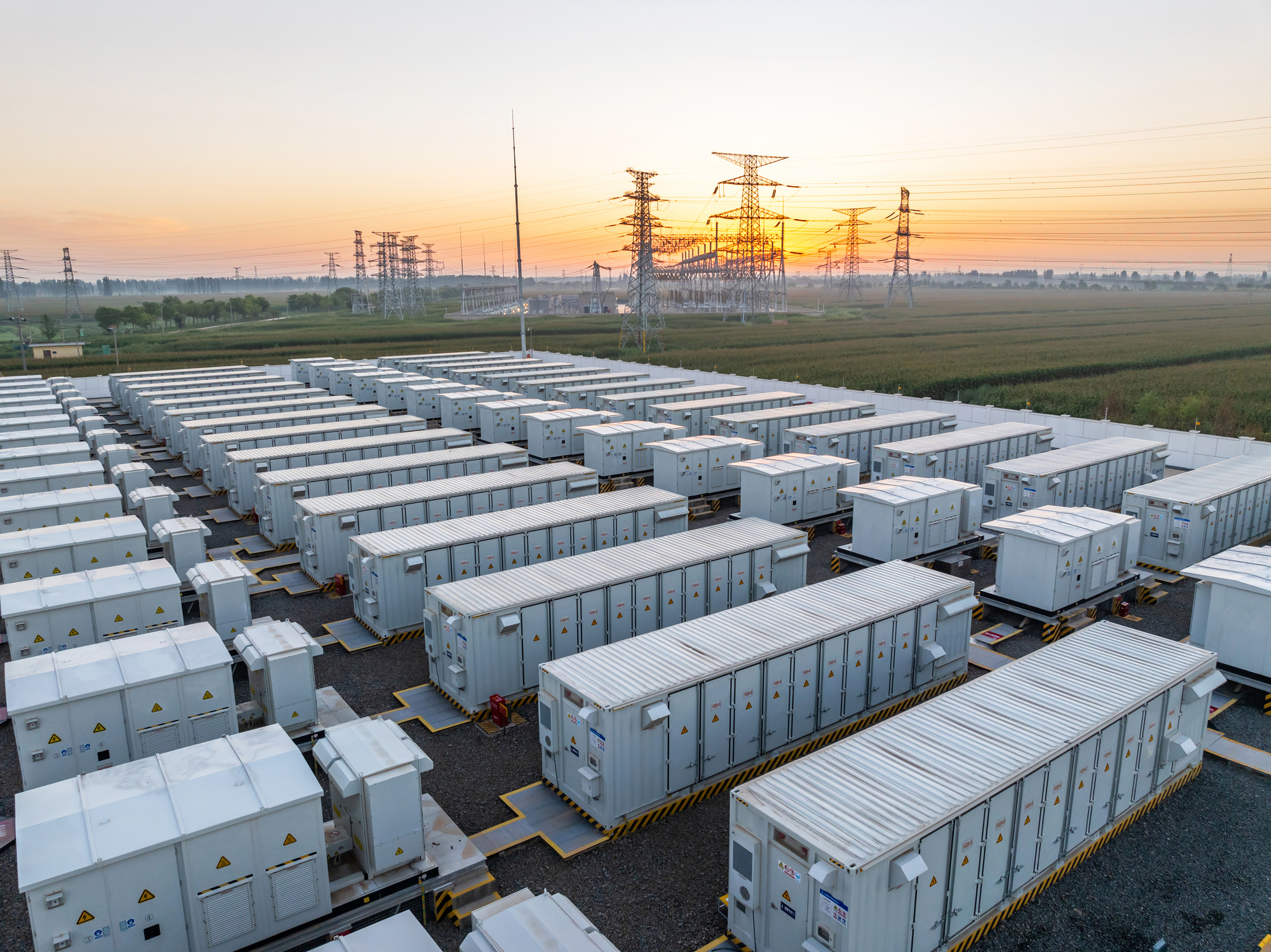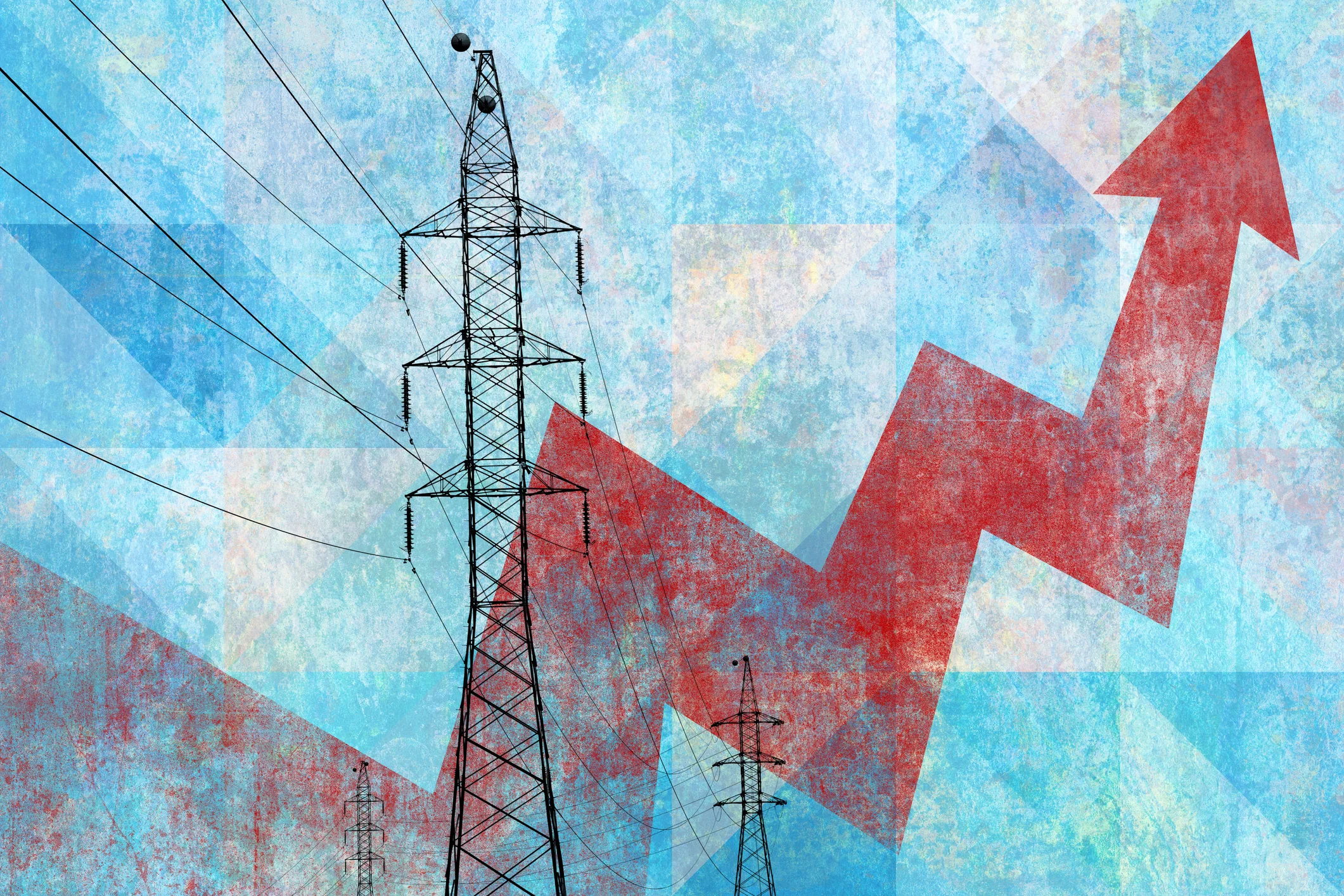Going into the summer this year, the writing on the wall was grim: U.S. ratepayers could expect high utility bills. Demand has risen steadily in recent years, driven by the electrification and decarbonization efforts necessary to mitigate the long-term effects of climate change. Still, while increased electrification drives demand, the transition to renewable energies is not driving these rate increases. In fact, research indicates that increases in distributed energy resource (DER) technologies like solar, battery storage, electric vehicles and EVSE, and smart home devices like thermostats or water heaters can decrease rates through aggregate demand flexibility programs like demand response, EV charging, or virtual power plant capacity. The good news: these demand flexibility programs can and have helped defray high utility bills, and so much more this summer. Let’s take a look.
What is Demand Flexibility?
Demand flexibility describes a variety of load management and peak-shaving strategies that aggregate and shift demand to meet needs. Demand flexibility initiatives include BYOD programs, battery programs, demand response, EV charging, and more, all needed to meet the 80-160 GW of virtual power plant capacity needed by 2030. Fortunately, demand response alone is already providing 30-60 GW of VPP capacity, and with the DER market anticipated to double by 2027, utilities will only have more opportunities to meet demand.
These DER assets are aggregated by a distributed energy resource management system (DERMS). There are two types of DERMS:
- Grid DERMS – This type of DERMS manages utility-held properties like solar or battery installations. This type of DERMS is often deployed by grid operators as a reliable source of energy to meet demand.
- Grid-Edge DERMS – By contrast, a Grid-Edge DERMS manages behind-the-meter DER assets found at the edge of the grid: in residential, business, or commercial spaces.
Both Grid and Grid-Edge DERMS complement one another, harmonizing a patchwork of load management opportunities driven both by utility investments in renewables and community-based DER assets. Through the use of Topline Demand Control, a novel combination of a Grid-Edge DERMS, AI, model predictive control, and forecasting software, which continually optimizes devices to ensure that grid operators and program managers get exactly the aggregate demand capacity that they need during a grid event.
– Alexandra Aznar, Director of Client Implementation, Virtual Peaker
Demand flexibility has helped millions of Americans this summer, from health and safety to defraying high energy costs and strengthening grid resiliency. Let’s look at some ways that demand flexibility has helped utilities and ratepayers alike this summer.
Demand Flexibility: Literally Helping to Save Lives
Hurricane Beryl wreaked havoc in Houston, Texas this summer, leading to 36 deaths, a tragedy that could have been minimized through the deployment of more demand flexibility strategies. Research indicates that these storm-related outages disproportionately impact LMI communities, meaning that the most vulnerable communities are negatively affected. While demand flexibility may not prevent storm-related outages, ERCOT has already explored expanding its renewable energy and load management strategies and likely will continue to do so in response to these challenges.
By contrast, Portland General Electric (PG&E) deployed demand flexibility initiatives during a multi-day heatwave, resulting in their largest-ever load shift during a grid event. PG&E reached this success by deploying one of several demand flexibility initiatives, yielding a cumulative two-day demand shift of 209 MW. In addition to their load management strategies, PG&E communicated energy efficiency tips to the public which resulted in a successful bid for behavioral demand response.
Keeping Cool in California
Prolonged high-temperature days led to reliability challenges for the California grid this summer. In response, the California Independent System Operator (ISO) persevered this July through the use of clean energy, increased battery storage, and demand flexibility strategies. California has brought more than 11K MW of clean energy online over the last two years and looks to increase this dramatically by 2030. As California continues to add renewable energy resources, researchers are already at work on increasing the necessary storage capacity, demonstrating California’s continued efforts to equitably decarbonize.
Clean Jobs on the Rise!
Clean energy jobs doubled in 2023, adding 142K new jobs more than twice the rate of overall U.S. employment. This has led to major developments like the battery plant built in Virtual Peaker’s home state of Kentucky, which will employ thousands of workers from rural LMI communities. Even with clean energy entering into political and cultural conversations, analysts believe that clean energy jobs will continue to expand in the U.S., both to match rapidly expanding DER adoptions and to foster the energy transition.
This exponential growth is boosted by legislation like the Inflation Reduction Act or Bipartisan Infrastructure Law, both of which address the energy transition through direct investments or initiatives like Justice40. One such program is the Low-Income Communities Bonus Credit Program, a series of investments meant to foster job growth and lower costs for disadvantaged Americans.
How Demand Flexibility Initiatives Helped! Conclusion
While electricity demand continues to rise annually, demand flexibility initiatives have proven useful time and again in enhancing grid resiliency, while mitigating costly peak energy purchases. Combined with renewable energy legislation, the growth of behind-the-meter DER assets presents an excellent opportunity for utilities to meet customer demand, while deferring highly expensive grid upgrades.





